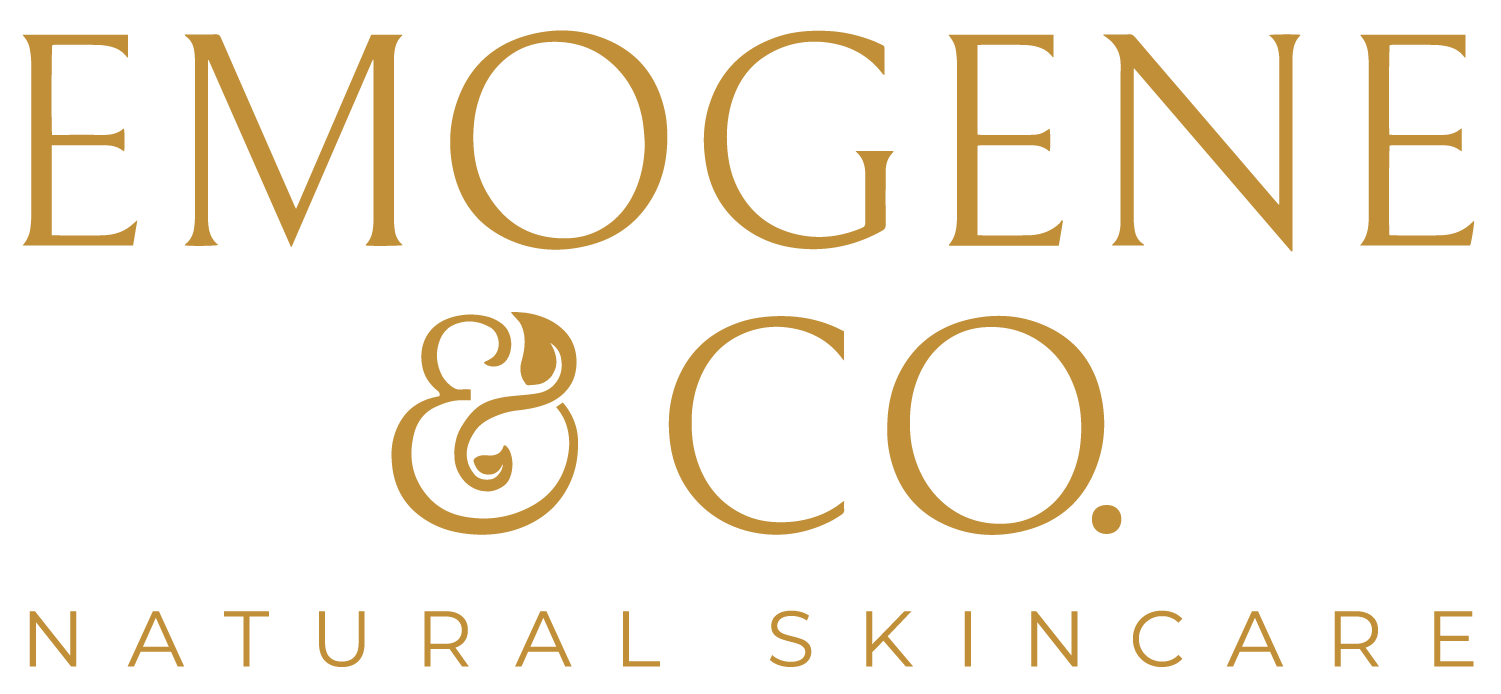Quality skincare is an investment, and using a daily SPF is crucial to protecting your skin, and that investment!
It's no secret that applying sunscreen liberally on a beach or pool day is essential, but if you want to to keep you skin healthy and youthful long-term, wearing SPF daily is an absolute must!
We all know the importance of sun protection, and only TWO of the 16 active ingredients approved by the FDA for use in sunscreens are generally recognized as safe and effective (GRASE).
An effective mineral sunscreen should contain a zinc oxide dominant sunscreen to protect from UVA rays, at a concentration of at least 10 percent, but no higher than 25 percent. For every one percent of zinc oxide, you get 1.6 SPF units.
If you have a choice, mineral sunscreen is your best bet for the safest possible skin protection because it’s:
• non-toxic
• non-irritating
• hypoallergenic
• naturally water-resistant
Plus, mineral sunscreens are best for children under 2 and anyone with allergies to chemical sunscreens.
Many folks under-apply mineral sunscreens, because of the white hue it leaves on the skin. Here are some tips to apply zinc oxide sunscreen correctly:
• Apply it 15 minutes before you get out in the sun
• Apply it generously, like you're lathering on soothing lotion on dry skin.
• Recommended application is 2 - 3 tablespoonfuls for the body and a teaspoon for the face.
• Reapply your sunscreen at least every two hours or after swimming or profusely sweating.
Below are a few sunscreens I personally love & would recommend:
1. Supergoop Unseen Sunscreen SPF 40
2. Elta MD UV Clear SPF 46 Tinted Face Sunscreen
3. Babo Botanicals Zinc Sunscreen SPF 30 (great for kids and sensitive skin!)
4. Eucerin Sun Sensitive Mineral Sunscreen Lotion SPF 50
Whether you'll be outside all day, or will just be driving somewhere today - don't forget your sunscreen!




